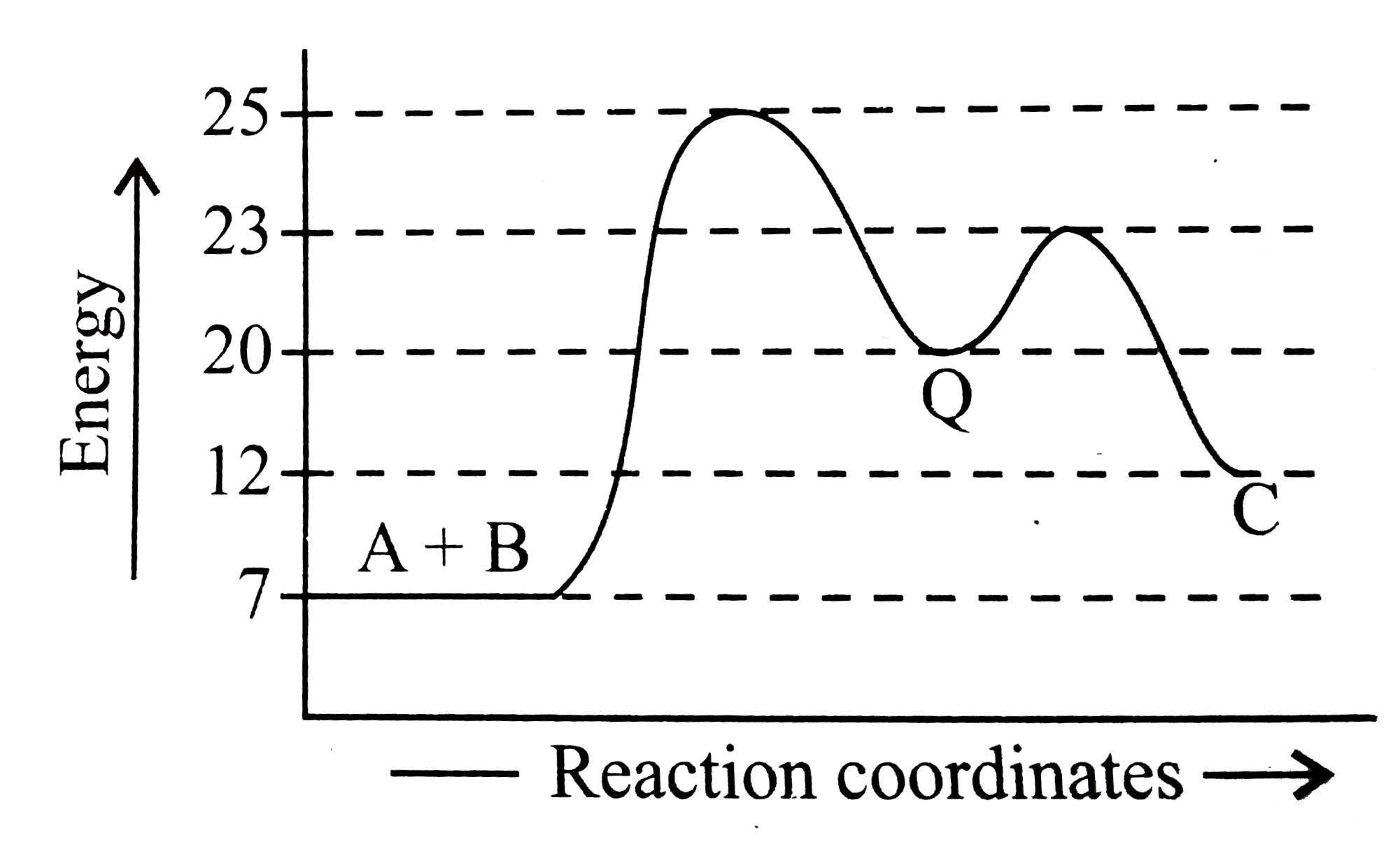પ્રક્રિયા A+B→C+D+q નો એન્ટ્રોપી ફેરફાર ધન જણાયો છે. પ્રક્રિયા,
ઊંચા તાપમાને શક્ય હશે.
નીચા તાપમાને શક્ય હશે.
કોઈ પણ તાપમાને શક્ય નથી.
કોઈ પણ તાપમાને શક્ય હશે.
Step by step video & image solution for પ્રક્રિયા A + B rarr C + D + q નો એન્ટ્રોપી ફેરફાર ધન જણાયો છે. પ્રક્રિયા, by Chemistry experts to help you in doubts & scoring excellent marks in Class 11 exams.
Updated on:21/07/2023Topper's Solved these Questions
- ઉષ્માગતિશાસ્્રBOOK - NCERT CHAPTER - ઉષ્માગતિશાસ્્રEXERCISE - Exercise
22 Videos
- s-વિભાગના તત્વોBOOK - NCERT CHAPTER - s-વિભાગના તત્વોEXERCISE - EXERCISE
52 Videos
- કાર્બનિક રસાયણવિજ્ઞાન – કેટલાક પાયાના સિદ્ધાંતો અને પદ્ધતિઓ.BOOK - NCERT CHAPTER - કાર્બનિક રસાયણવિજ્ઞાન – કેટલાક પાયાના સિદ્ધાંતો અને પદ્ધતિઓ.EXERCISE - Exercise
4 Videos
Similar Questions
સાચો ઉત્તર પસંદ કરો. ઉષ્માગતીય અવસ્થા વિધેય ............ રાશિ છે.
View Solutionઆલ્કલી ધાતુઓના સામાન્ય ભૌતિક અને રાસાયણિક ગુણધર્મો કયા છે ?
View Solutionનીચે દર્શાવેલા સંયોજનોમાં પ્રત્યેક કાર્બન કયું સંકરણ ધરાવે છે ? CH3Cl
View SolutionThe statement which is not a tautology is (p↔q)[(p→q)∧(q→q)] b. (p→q)∨(~p→q) c. (p∧q)−−−→p∨q d. (p∧q)∨[(p∨q)→˜q]
View SolutionWhich one of the following is not a contradiction? [~p∧(p∨~q)]∧q b. (~p∧q)∨p c. [(p→q)→]∧~p d. (~q→˜p)↔(p→q)
View SolutionThe logically equivalent proposition of p⇔q is (p∧q)∨(p∧q) b. (p⇒q)∧(p⇒q) c. (p∧q)∨(p⇒q) d. (p∧q)(p∨q)
View SolutionWhich of the following is equivalent to (p^^q):( a) p rarr sim q(b)sim(sim p^^sim q)(c)sim(p rarr sim q)(d) Non of these
View SolutionA reaction A+B→C+D+q is found to have a positive entropy change, the reaction will be:
View SolutionIn a multistep reaction such as A+B→Q→C. The potential energy diagram is shown below. What is Ea for the reaction Q→C ?

View SolutionFor the following metals A, B, C, D react with each other : (NR = No reaction) {:(A+B^(+)rarr NR,,B+C^(+) rarr NR),(B+D^(+) rarr B^(+)+D,,C+D^(+) rarr C^(+)+D),(A^(+)+C rarr C^(+)+A,,D+A^(+) rarr D^(+)+A):} Which is the order of the metals in increasing reducing strength?
View SolutionGiven the following reaction involving A,B,C and D
(i) C+B+→C++B
(ii) A−+D→ NO reaction
(iii) C++A→ NO reaction
(iv) D+B+→D++B
the correct arrangement of A,B,C,D in the order of their decreasing ability as reducing agent
View SolutionWhich of the following statement is a tautology? А)((prarrq)^^(~q))rarr(~p)" " B) (prarrq)^^(~q))rarr P " "C)((p rarr q)^^q))rarr(~p) " "D)((prarrq)^^q))rarr p
View Solution(C(A)H3COOHPCl5−−→[B]),CH3COOHNaOH−−−→[C]),[B]+[C]→[D]):}
यौगिक [B], [C] तथा [D] है |
View SolutionIf each of the statements p →~q,~r→q and p are true then which of the following is not true?
(A) q is false (B) r is true (C) r→q is false (D) r∧~q is false
View SolutionIn the decay process: A overset(- alpha)rarr B overset(-beta)rarr C overset(-beta)rarr D a) A and B are isodiaphers b) A and C are isotones c) A and C are isotopes d) B, C and D are isobars
View SolutionOn the basis of given reactions,the correct order of increasing oxidising of A,B,C & D is. [(a)A−+B→A+B− , (b) C+D−→noreaction , (c) C−+B→noreaction, (d) D+A−→D−+A]
View Solution
